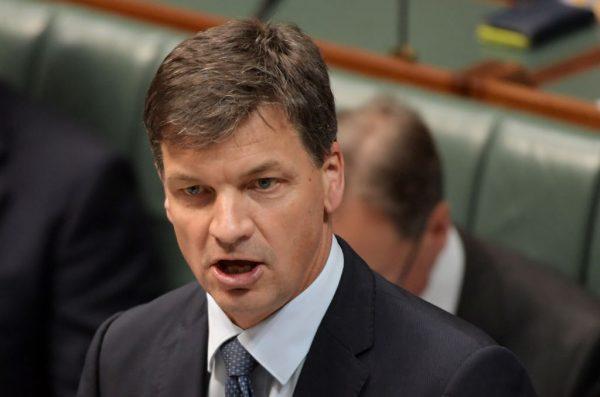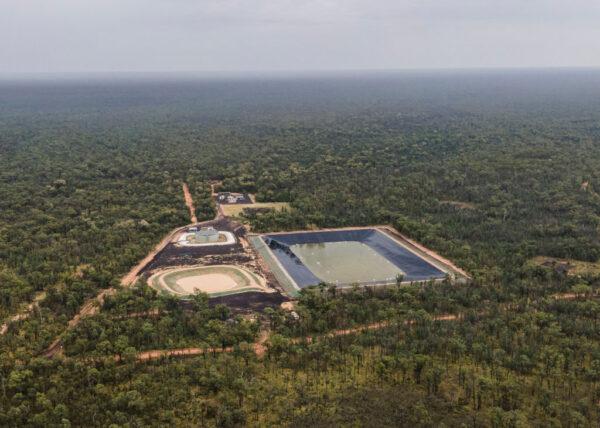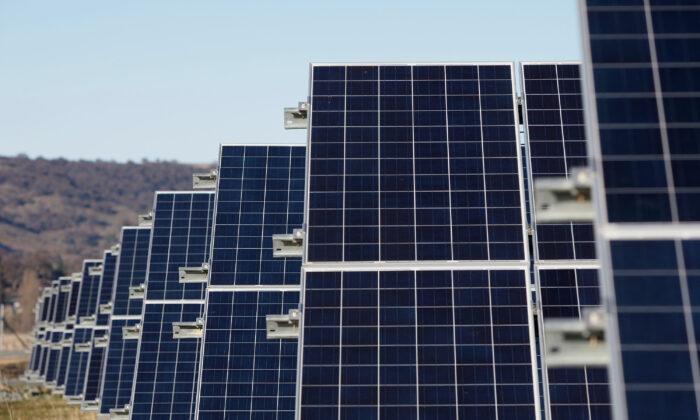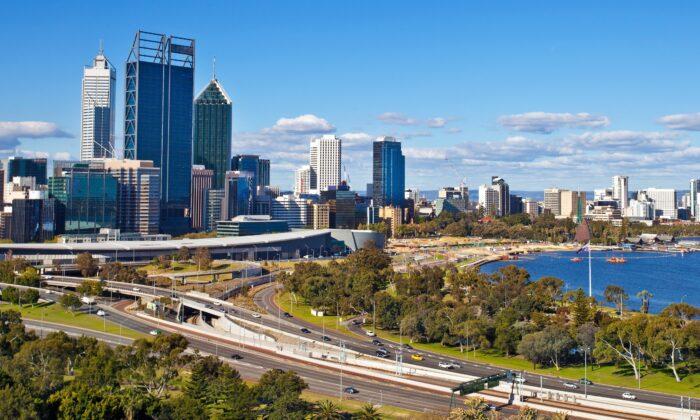The Australian government is launching a campaign to highlight its emissions reductions efforts amid accusations the nation is not doing enough to tackle climate change.
This includes a $20 billion investment into five key areas in Australia’s Technology Investment Roadmap, including green hydrogen, energy storage, low emissions steel and aluminium, carbon capture and storage, and soil carbon.

This also includes boasting a 20 percent reduction in emissions since levels in 2005, which the government says is in line with the goal of reaching a 26-28 percent reduction by 2030, as stated by Australia’s Paris Agreement commitment.
Part of the reduction rests in Australia’s largest emissions sector—energy—which the campaign says generated a record 24 percent of demand from renewable sources alone.
“This campaign is about informing Australians about our strong track record and future plans to reduce our emissions, while supporting Australian jobs and maintaining prosperity,” Taylor said.
However, the energy sector has continued to form a fissure between government and environmental groups that believe Australia needs to fast track its renewables rollout.
Further, the Australian government is facing an increasingly challenging task of maintaining Australia’s energy security whilst transitioning to a renewable-centric electrical grid.
Climate change communications organisation Climate Council has been an outspoken critic of the federal government’s energy policies, such as the decision to back a $600 million gas-fired power station in May.
“Rather than blowing taxpayer money on harmful gas, the Federal Government should invest in renewable energy technologies that deliver win-win-win outcomes for electricity prices, healthier communities, and job-creation.”

The climate change organisation also heavily disapproves of one of the government’s core low emissions technologies—carbon capture and storage—saying it “doesn’t work.”
Energy Minister Taylor has previously hit back at these points, suggesting that emissions reduction had to be achieved through technological innovation.
He also said that gas would serve as a dispatchable form of backup generation as more intermittent renewables, such as solar and wind, entered the system.






Friends Read Free